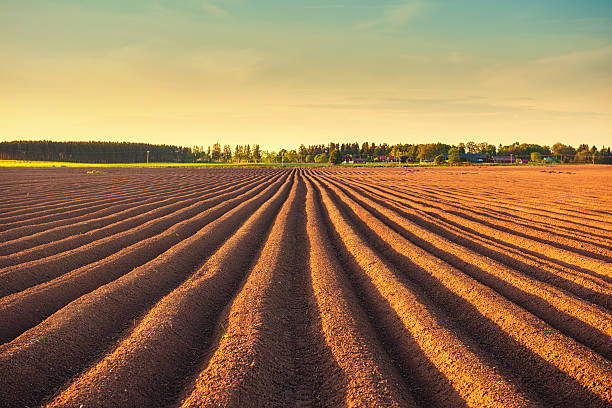Seeds of Opportunity: The African Growth Series
January 2022 | Issue 1
In this week's issue, you will learn more about:
- Africa's fastest growing energy sectors in 2022
- Sub-Saharan Africa's Agricultural trends
- South Africa's Infrastructure Sector
Fastest Growing Energy Sectors in 2022
Africa, specifically sub-Saharan Africa, continues to struggle with extremely low electrification rates. While South Africa and the countries constituting North Africa have achieved near universal electrification rates, SSA is facing access rates as low as 10% in countries such as Burundi, Chad and South Sudan. Despite the global inequitable pressure from developed regions on Africa to decarbonise its generation landscape, the region has begun to take advantage of its vast renewable energy potential, funded by private FDI’s. Large-scale cross-border transmission projects are also in development to further promote regional and international trade with and beyond regional power pools. By extending the national grid networks and simultaneously developing mini-grids powered by renewable energy sources, Africa can leapfrog further investment of fossil fuel heavy generation projects and establish itself as a major producer of renewable, clean and modern energy for domestic as well as international markets.

Sub–Saharan Africa's Agricultural trends in 2022
The global population is expected to reach 9.8 billion people by 2050 and sub–Saharan Africa will become home to one in four people on the planet. This burgeoning growth in population compounded with the scarcity of arable land, drastic changes in weather patterns, the spread of pests and diseases and biodiversity losses is placing significant strain on the agricultural sector globally. In sub–Saharan Africa, the agricultural sector remains a significant industry for the region as the industry contributes 23% to the GDP, employing 49% of the regions population. With the growth in the region’s population, agricultural outputs need to thrive in order to meet the ever-increasing demand to ensure food security and economic growth. To do so, the industry should maximise on various technology trends that are aimed at maximising the output. Some of these technologies include the use of drone and aerial imagery that capture a geographical area and alert farmers of changes in the vegetation with the use of sensors or increasing the level of digitisation to increase the level of information a farmer has access to.
These technology trends are aimed at facilitating the industry in meeting the projected demand while ensuring that the industry reduces its green house and CO2 emissions.

Infrastructure Sector in South Africa
South Africa’s infrastructure industry although well established in both the private and public and having impressive existing infrastructure developments is not without challenges. From 2016-2020 there has been a decline in public-sector infrastructure sector investment, with 2020 ending up recording a 20% sector contraction. For 2021, positive steps were taken by the presidency to help drive sector recovery through an R595bn pipeline of 55 new infrastructure projects as part of the SIDSSA project. The program which was presented to the public with a funding gap of around R441bn has not fully yielded its potential, with stakeholders pointing to project rollout and development and public tender announcement as some issues that need to be addressed by the government. By the end of 2021, the expected growth for the sector was only 6.2%. As a positive start 2022, the Johannesburg new municipal leadership is hoping in one way to help improve infrastructure. Amongst the plans announced by the city's new mayor, Dr. Mpho Phalatse is an inner-city redevelopment project. This is one of several public-sector investments that are required by the sector in 2022 and going forward.
To find out more about opportunities in Africa, please contact Lynne Martin.
Lynne Martin
Rebecca Mabika

